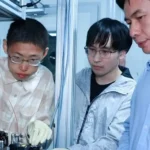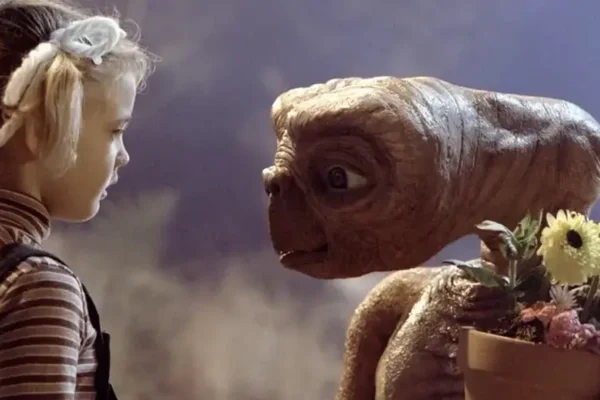
In China, an AI for aerial combat has been developed that explains its own actions.
Chinese scientists have developed an artificial intelligence system for aerial combat that explains its decision-making logic during battles. This system aims to address the “black box” problem faced by both the US and China in the AI arms race. The new solution will allow pilots to better understand the AI’s actions, enhancing cooperation during combat…















